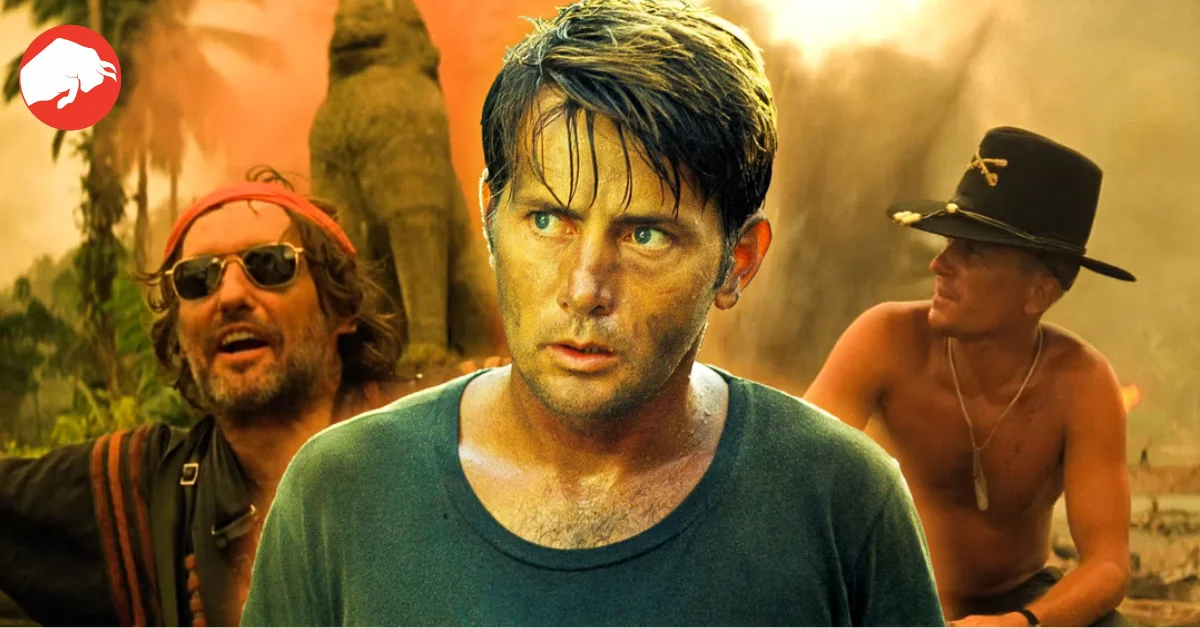Apocalypse Now: More Than Just a Movie
In the annals of cinematic history, 1979’s Apocalypse Now holds a revered place. This war epic, directed by the visionary Francis Ford Coppola, paints a raw portrayal of the Vietnam War. But while Captain Willard (played by Charlie Sheen) chased the mysterious Colonel Kurtz (Marlon Brando) on screen, off it, the cast and crew navigated their own series of challenges.
A Star-studded Ensemble
Studded with acting powerhouses like Martin Sheen, Robert Duvall, Laurence Fishburne, Dennis Hopper, Harrison Ford, and Scott Glenn, the film’s dazzling ensemble brought gravitas to the already potent narrative. Despite these heavyweights, Apocalypse Now was as much a story of its production as its plot. The movie saw an enduring 238-day production schedule, filled with unforeseen setbacks, especially with location filming.
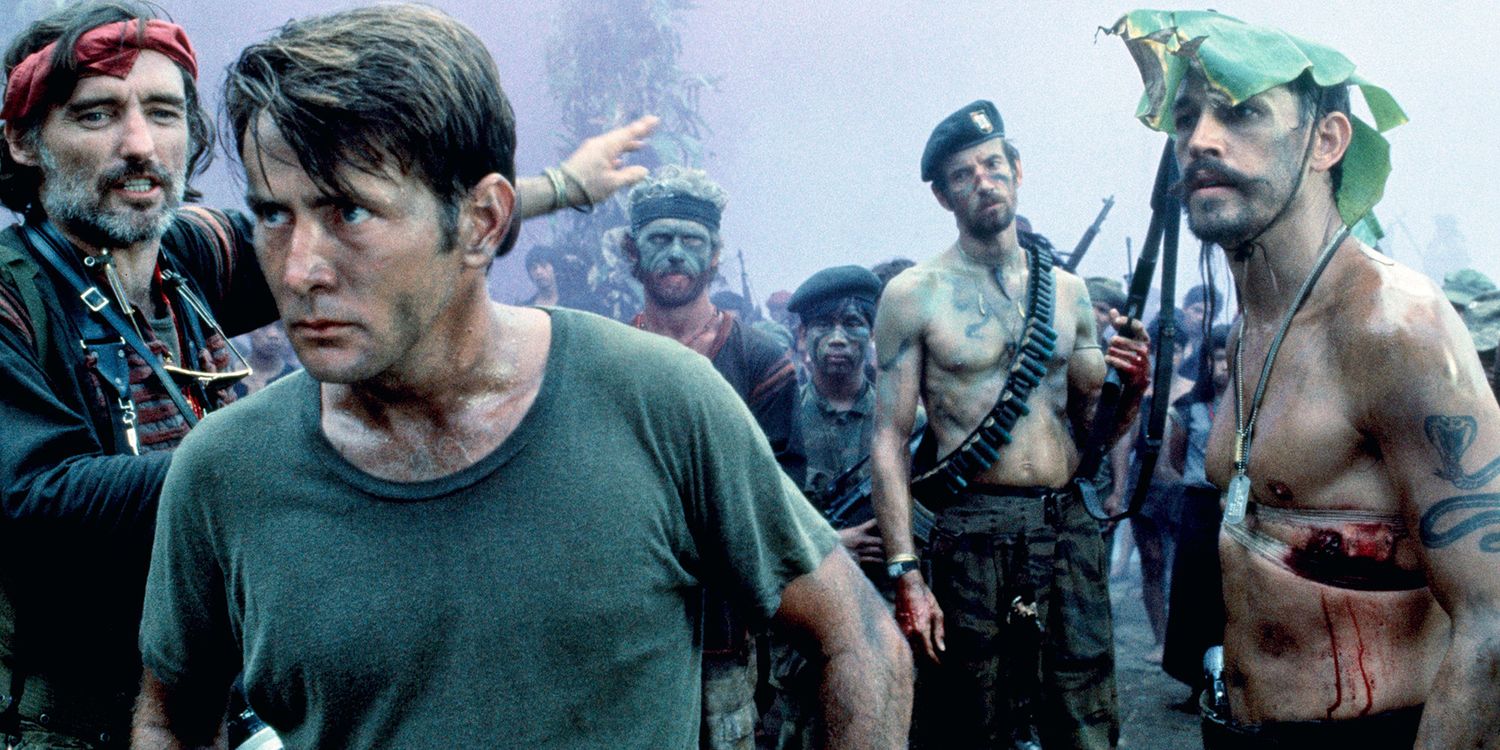
Luzon, Philippines: A Natural Vietnam
The serene island of Luzon in the Philippines was chosen as the heartbeat of the film. Serving as the backdrop for the tumultuous battle scenes, Baler Bay in Luzon was transformed for the movie’s breathtaking airborne bombing sequences. This Philippine island wasn’t just about war; it also played host to the film’s iconic surfing scenes, transporting viewers to a Vietnam few had visualized.
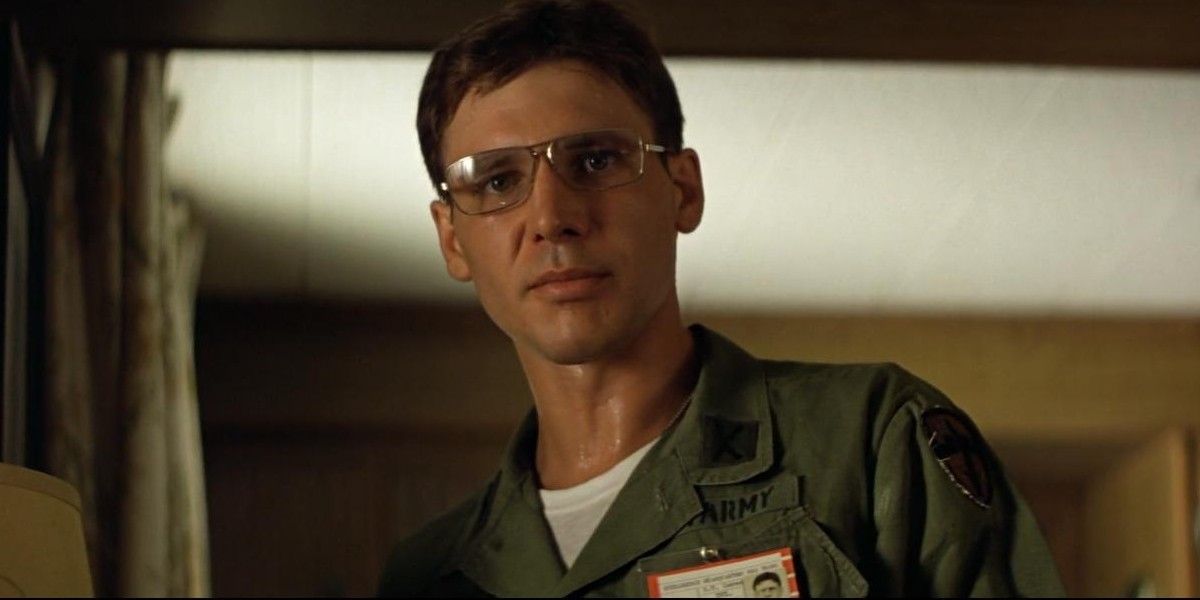
Zambales Province: Battling Real-life Storms
The picturesque Zambales Province, known for its charm, became one of the unforeseen epicenters of the film’s troubles. Nature’s wrath in the form of Typhoon Olga decimated 40-80% of the sets in Iba, including the flamboyant Playboy Playmate set. “Between 40 and 80 percent of the sets built in Iba were destroyed by Typhoon Olga,” a blow that would halt production and see the cast return stateside.
The storm’s financial implications were equally devastating. Forced to seek insurance and a hefty loan from United Artists, Coppola faced a gamble. Had Apocalypse Now not grossed over $40 million, the weight would’ve crushed the director. But, as history showcased, the movie garnered a staggering $150 million, becoming a box office juggernaut.
Napa Valley, California: The Unexpected Muse
In a twist of fate, Typhoon Olga’s destruction became a boon. While sets in the Philippines were being revamped, Coppola turned to the vineyard-clad Napa Valley. It wasn’t just a location switch; the Californian shoot morphed the narrative. Here, inspired by tales of the legendary warlord Ghengis Khan, Coppola gained insights into Colonel Kurtz’s megalomania, adding another layer to the film’s depth.
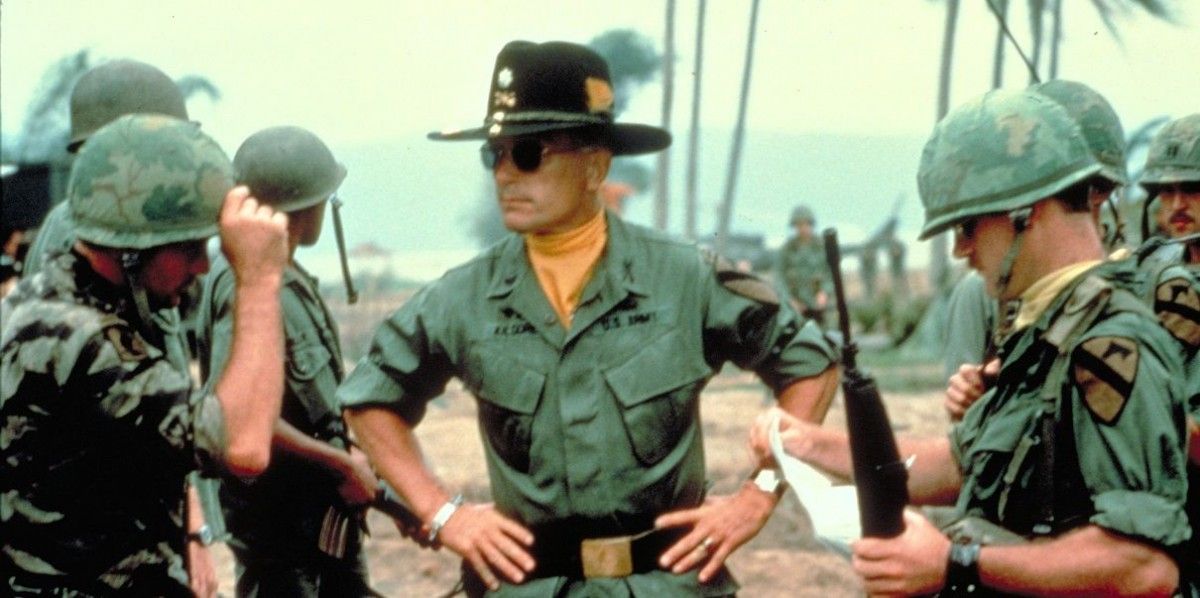
Philippines’ Scenic Wonders
The Pagsanjan River, with its captivating allure, replaced the Magdapio River in the film’s lore. This iconic location framed scenes at the Do Long Bridge, immersing viewers deeper into the story’s milieu.
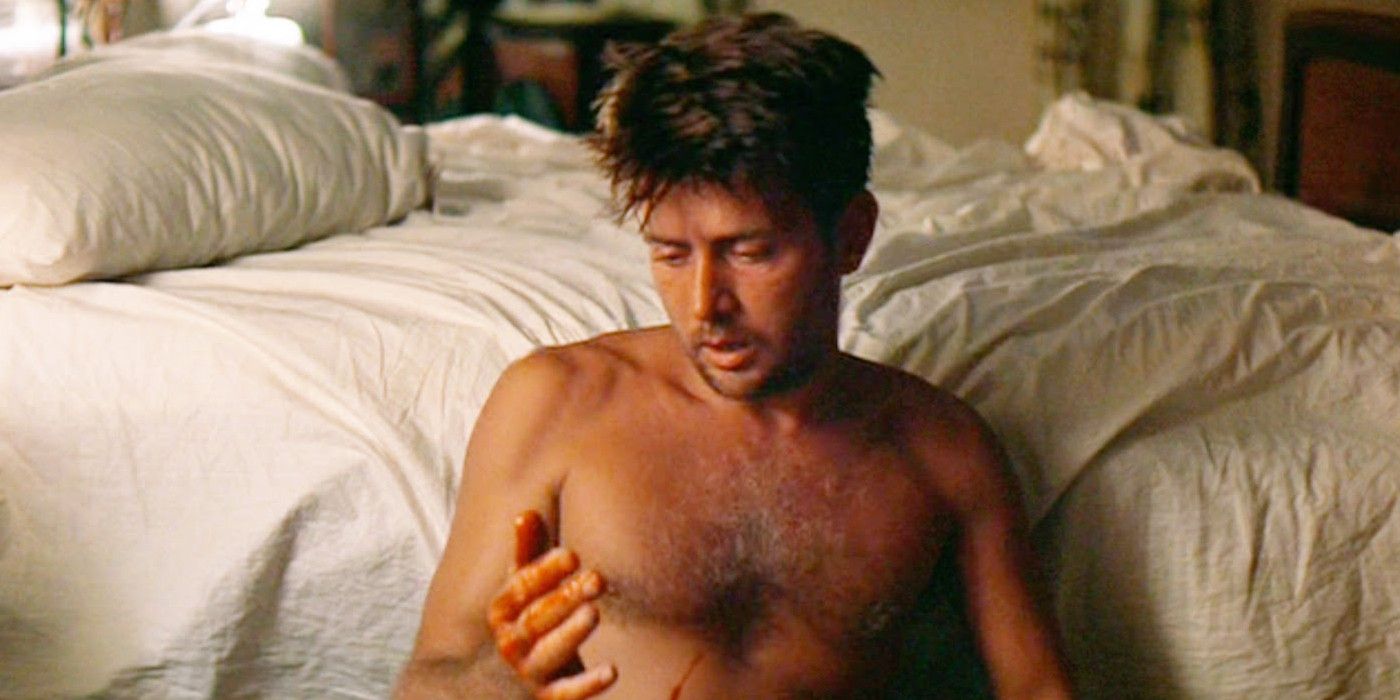
Manila, the bustling capital of the Philippines, also played a pivotal role. While it provided a home for Coppola and his crew, Manila’s streets and denizens became a part of the cinematic tapestry, most notably in the water buffalo ritual scene.
Concluding Thoughts
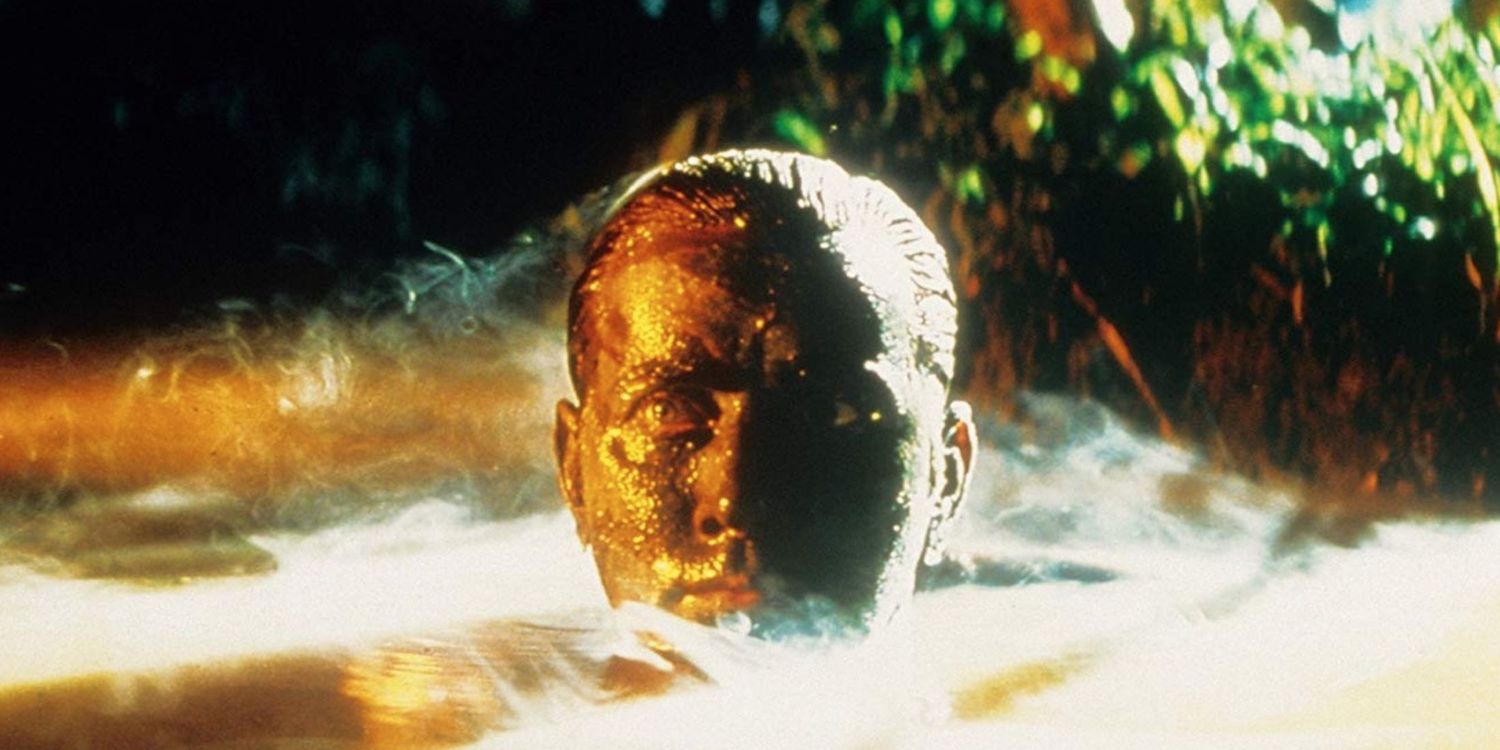
Apocalypse Now wasn’t just a film; it was an odyssey. An odyssey of challenges, nature’s fury, last-minute inspirations, and cinematic passion. As the end credits roll, the film stands as a testament to the Herculean efforts behind its creation. It’s a stark reminder that sometimes, to portray war on screen, one must endure battles off it.


